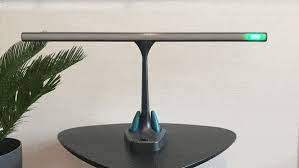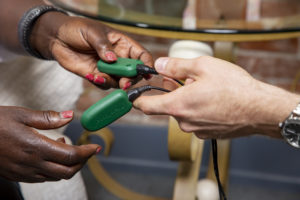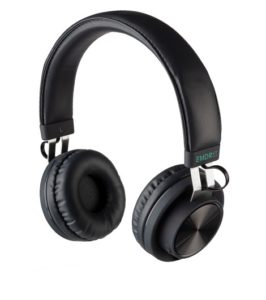How EMDR Can Help Anxiety
By Dallas Trese, MA
EMDR (Eye Movement Desensitization and Reprocessing) is a type of therapy where a trained therapist works with a client to alleviate physical, emotional, and mental reactions caused by painful memories. EMDR takes place over the course of 6-12 sessions and aims to re-work the brain’s compartmentalization of the negative feelings associated with painful memories. EMDR is beautifully designed to integrate cognitive therapy approaches with mindfulness techniques to connect the dots of how anxiety is reacting within a client’s body. The core of EMDR therapy is to address painful memories, and rewire the brains way of physically, mentally, and emotionally addressing the memory.
EMDR therapy was first developed by Francine Shapiro in 1987 when she discovered on a nature walk that moving her eyes back and forth decreased her anxiety. Thus began her discovery of how eye movements can decrease negative emotions attached to painful memories.
EMDR is based on an AIPM (adaptive information processing model) this is a complex label all to say that once we go through a painful experience the negative emotions that follow such as: guilt, shame, fear, anxiety limit our ability to process the painful experience correctly. In other words, the memory follows us into everyday life, and can easily find its way into our everyday interactions. Images, sounds, smells, and thoughts can trigger the same emotions we experienced from the past memory and become intensified in a current interaction though the experiences itself may differ greatly.
Due to this cycle anxiety can come flooding into all interactions with friends, family, and significant others. It creates the perfect breeding ground for anxious thoughts, and feelings. The trained EMDR therapist will help guide a client’s eye movements via a light bar such as this to activate bilateral stimulation:



It is important to note that not every client needs to use the lightbar, the handhelds, AND the headphones. In the first few sessions of therapy, I typically allow clients to interact with each piece to find their comfort level. I find that many clients prefer a combination of the headphones, and handhelds most often. The light bar, the tappers, and the headphones work to activate the client’s brain to correctly access the intense emotions, and painful memories so the healing can begin.
My favorite EMDR phrase: It gets worse before it gets better – but it does get better. As a trained EMDR therapist I am very passionate about this type of therapy and am currently accepting clients. Reach out to us if this piques your interest or speaks to you in anyway.
References:
How EMDR Therapy Works. (2021, July 22). Verywell Mind. https://www.verywellmind.com/emdr-for-panic-disorder-2584292
Phillips, L. (2021, September 27). Tapping into the benefits of EMDR. Counseling Today. https://ct.counseling.org/2021/09/tapping-into-the-benefits-of-emdr/#


